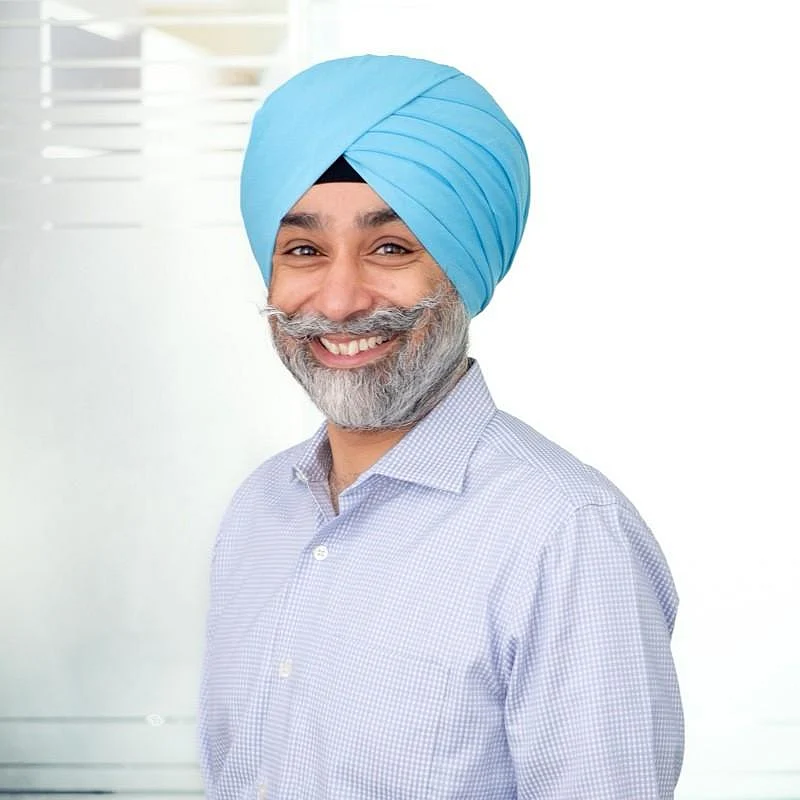By Sarbvir Singh
Health insurance in India was often perceived as a stack of paperwork - necessary yet uninspiring. Yet, at its core, health insurance is the lifeline that families count on when they come face to face with a crisis. This is exactly what makes a compelling case for constant innovation and evolution in this industry. Traditionally mired with challenges in accessibility and distribution, the health insurance sector is now capitalising on the digital shift. Combined with a compelling regulatory vision and rapid digital adoption, health insurance accounted for 35% of total insurance premiums with 11% growth in FY23, according to industry reports and the Economic Survey 2023-24.
Right from discovery to distribution, technology has come to the rescue of consumers as well as industry stakeholders at every step. Here’s delving into the layers of an intricate relationship between technology and innovation in the health insurance space.
The intersection of technology in healthcare and health insurance
The interplay between technology in healthcare and health insurance is interdependent, with one driving the other forward. Medical breakthroughs like robotic surgery, gene editing or precision diagnostics are here to take healthcare to the next level. However, these breakthroughs come bearing significant costs. In fact, the tertiary care cost can easily go up by 70-80% within a span of 5 years in metro cities. This makes insurance a lifeline for individuals and families. That’s not all, technology is also revolutionising the way we access healthcare, with telemedicine, AI-powered diagnostics and personalised care redefining the patient experience.
The insurance industry must not only keep pace but also anticipate these changes. Data analytics, AI and other advanced technologies are seamlessly being integrated into the insurance ecosystem. This is creating better efficiency, personalisation and affordability in the way products are designed. The NITI Aayog report's prediction of a 27% CAGR in India's digital health ecosystem by 2025 is a clarion call for insurers to embrace innovation and digital transformation. This means there is a growing need to develop new risk assessment models, coverage options and payment structures that account for these advancements.
Smart integration of technology in risk assessment
Health insurance is no longer only an emergency shield. The way products are designed for the new-age consumer are far more carefully thought through and offer a lot more value to them. For instance, preventive healthcare is a significant focus area for the medical as well as insurance industry. Traditionally, risk assessment was based on static factors such as age, occupation, and medical history. But now, on one hand, the rise in the use of wearable devices and health apps is pushing people to lead a healthier lifestyle; on the other, it’s enabling insurers to collect real-time health data to assess the risk quotient better and offer a product customised to suit individual needs. This data-driven model allows insurers to move beyond the traditional one-size-fits-all approach, instead offering tailored policies that reflect an individual’s unique health profile. Not just this, those with a lower risk profile can be offered lower pricing and wellness discounts to make health insurance more attractive to them. This not only benefits the policyholder but also the insurance companies in reducing claim ratios, which ultimately leads to better health outcomes for both. Recent studies done in this area have found that AI-driven risk assessment can lead to overall cost reduction anywhere from 20% to 35%.
Regulatory reforms leading the way
The role of the regulatory authority in facilitating the technological transformation of health insurance cannot be overstated. The IRDAI has, in the past few months alone, introduced several initiatives to encourage digital innovation in the industry to promote time-efficiency, inclusivity and consumer-centricity.
One of the most notable developments is the IRDAI's Master Circular on health insurance issued in 2024, making digitisation a key component of health insurance. IRDAI collaborated with the National Health Authority to build the National Health Claims Exchange (NHCX) platform, which is a single window interface between consumers, healthcare providers and insurers. The Ayushman Bharat Digital Mission is also pivotal in connecting the digital health solutions of hospitals across the country. The IRDAI master circular guidelines also call for the adoption of standardised electronic health records for more accurate underwriting as well as claims processing. The e-insurance update, which mandates all policies to be issued in electronic format, is yet another use of technology to ensure better transparency. Recognising the cruciality of claims, the regulator implemented several initiatives like Cashless Everywhere, three-hour limit to process cashless claims and Claims Review Committee - all of which focussed on using digitisation for the greater good.
IRDAI has also been proactive in fostering a regulatory sandbox environment, which allows insurers to experiment with innovative products and services in a controlled setting. This has led to the development of various tech-driven health insurance products that cater to the diverse needs of the Indian population. The regulator’s support for technology-driven solutions is evident in its recent push for the adoption of technology for fraud detection as well as AI-driven customer service platforms.
While the evolution of health insurance in India is inarguably led by technology, the impact will only be visible with the real-time implementation. From enhancing risk assessment and enabling personalised policies to streamlining claims processing - technology is reshaping the health insurance landscape in ways that were unimaginable a decade ago. As digital health initiatives continue to expand and technology becomes more deeply integrated into the insurance sector, we can expect to see even greater improvements in accessibility, affordability and customer satisfaction.
(The author is CEO at Policybazaar.com. Views expressed are author’s own and do not reflect the official position or policy of the Outlook Media Group or its employees.)
















